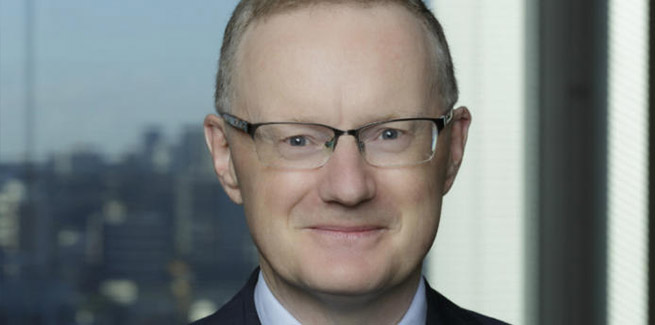Dr Lowe made the comments during an address at the University of Western Australia Business School on Thursday (6 May), acknowledging that while there has been a “lot of attention” on housing prices recently (as the value of Australian residential property breached the $8 trillion mark for the first time), the RBA is limited in its ability to solve the rise of prices.
The governor of the Reserve Bank of Australia (RBA) echoed comments made in February of this year, outlining that the RBA does not – and should not – target housing prices.
However, he did suggest last week that house price increases are partly due to expansionary monetary policy boosting the economy, which has encouraged home building, along with government grants such as HomeBuilder.
Dr Lowe said: “The bank recognises that rising housing prices heighten concerns in parts of the community.
“Housing price rises can have distributional consequences. That is certainly an issue that needs to be considered, and there are a number of tools that can be used to address the issue.
“But I do not think that monetary policy is one of the tools. Monetary policy is focused on supporting the economic recovery and achieving its goals in terms of employment and inflation.”
He added that housing prices may not have climbed as fast without the monetary stimulus, but unemployment, one of the RBA’s primary concerns, would have been substantially higher otherwise.
As outlined in the RBA’s newly published quarterly statement on monetary policy, the Australian economy is in a better state post-COVID than was forecast, having exceeded all upside scenarios.
The economy is back to its pre-pandemic level of GDP, with growth being flat. Meanwhile, unemployment is now 5.6 per cent, half a percentage point higher than it was pre-COVID. Underemployment has also declined, while participation in the labour market is at a high.
Household spending and incomes has also stayed strong, reflecting the effects of fiscal policy through JobKeeper and JobSeeker.
But wages growth in Australia is noticeably weaker than in other comparable economies, the governor said, pointing to the US.
“The recovery in the Australian economy has significantly exceeded earlier expectations, reflecting the sizeable fiscal and monetary policy support, as well as the favourable health outcomes,” Dr Lowe noted.
“But significant monetary support will be required for quite some time to come.”
The RBA has refused to budge from its record-low cash rate of 0.1 per cent, maintaining it will stay until actual inflation is within the target band of 2-3 per cent.
As Dr Lowe has previously signalled, there will need to be significant gains in employment and wages growth, before the economy can hit 2-3 per cent inflation. The goal is not expected to be achieved until 2024 at the earliest.
The employment rate will also shape the RBA’s upcoming decisions on its bond purchase program and yield curve target in its July meeting.
“The board is prepared to undertake further bond purchases to assist with progress towards the goals of full employment and inflation,” Dr Lowe said.
“The board places a high priority on a return to full employment.”
[Related: Australian housing now worth over $8 trillion]
